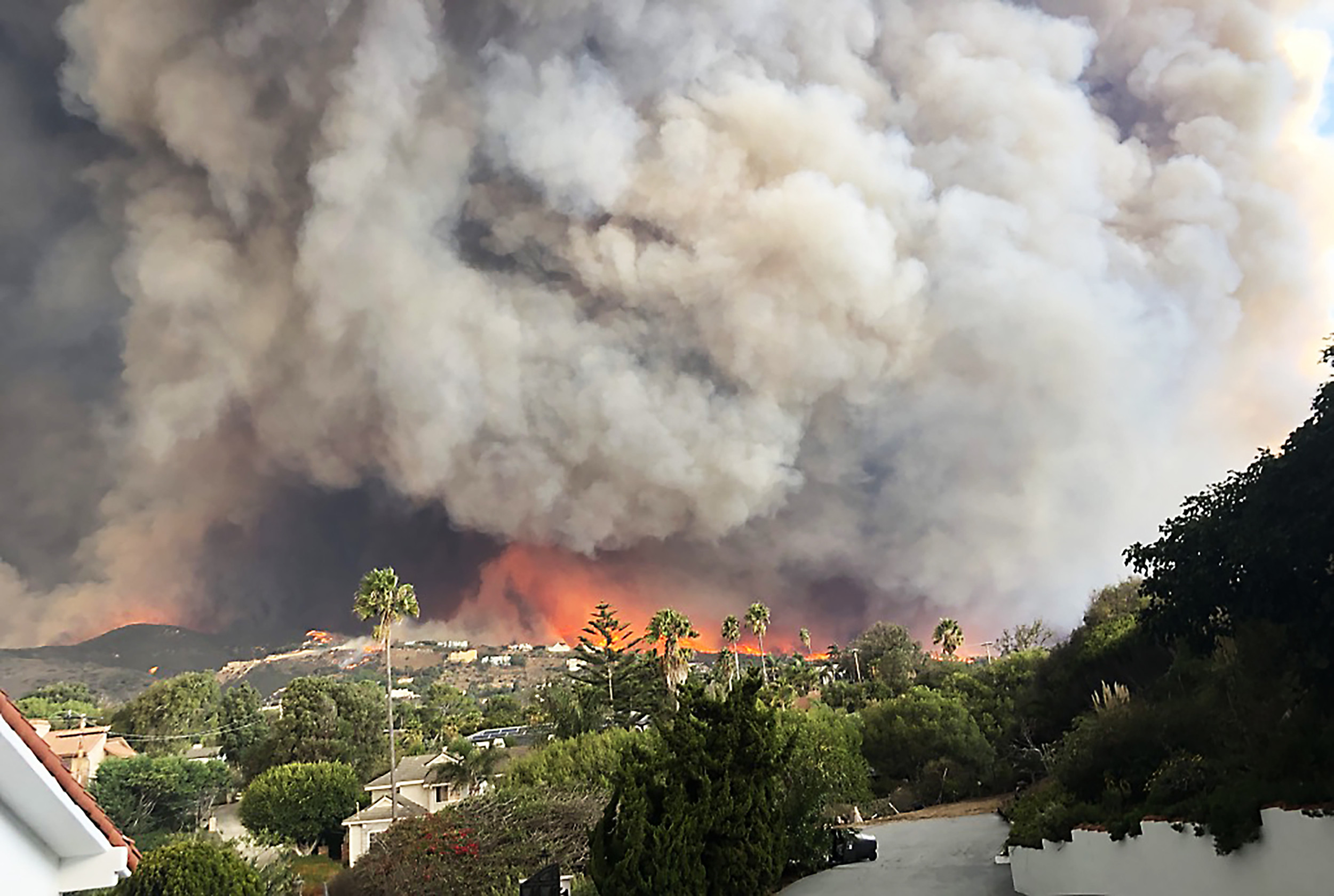A forecast map from the National Weather Service has shown which parts of the country can expect the coldest temperatures as a winter storm brings cold temperatures to a swathe of the U.S. from the Midwest to the East Coast.
Why It Matters
Difficult driving conditions may disrupt travel as people resume work after the holiday period.
Vulnerable populations, including young infants and older adults, are at heightened risk of health issues due to the hazards of freezing temperatures.

What To Know
The NWS map created on Sunday, and valid ending Sunday, January 12, covering the central and eastern U.S., showed that lows of minus 15 degrees Fahrenheit were possible in northern Minnesota. In neighboring North Dakota, lows of minus 13 degrees Fahrenheit were possible, while parts of South Dakota could see lows of minus 6 degrees Fahrenheit.
In northwest Wisconsin, temperatures could drop to 0 degrees, the map showed. Parts of Nebraska could see lows of minus 2 degrees Fahrenheit, with minus 7 possible in Nebraska.
Lows of 2 degrees Fahrenheit were possible in parts of Michigan and Illinois.
In Ohio, a low temperature of 6 degrees was forecast, while in Kentucky, a low of 1 degree was possible.
Northern Texas could see lows of 12 degrees Fahrenheit, the NWS forecast. Temperatures in Tennessee could fall as low as 10 degrees.
Regions of New York could see a low temperature of 9 degrees Fahrenheit and, in Maine, 4 degrees was possible.
The map also showed a low temperature of 8 degrees Fahrenheit was possible for West Virginia.
Snow has also been forecast for large parts of the country and, as of early Monday morning, nearly two-dozen states were under either winter storm warnings or winter weather advisories from the NWS.
What People Are Saying
NWS Weather Prediction Center wrote on X, formerly Twitter: "Following the ongoing winter storm, cold temperatures are expected across much of the central and eastern United States this week. Morning temperatures dipping into the single digits and below zero are forecast for many regions with a fresh snowpack. Be sure to stay warm!"
What Happens Next
The NWS said that someone who may have frostbite or hypothermia should seek medical attention immediately.
Get to a warm area and remove wet clothing, warming up with dry layers of blankets or clothing, the service said. Skin affected by frostbite should be placed in warm water, not hot.
The Arctic polar vortex has been forecast to push frigid air throughout the U.S. in January.
Do you have a story we should be covering? Do you have any questions about this article? Contact LiveNews@newsweek.com




















 English (US) ·
English (US) ·